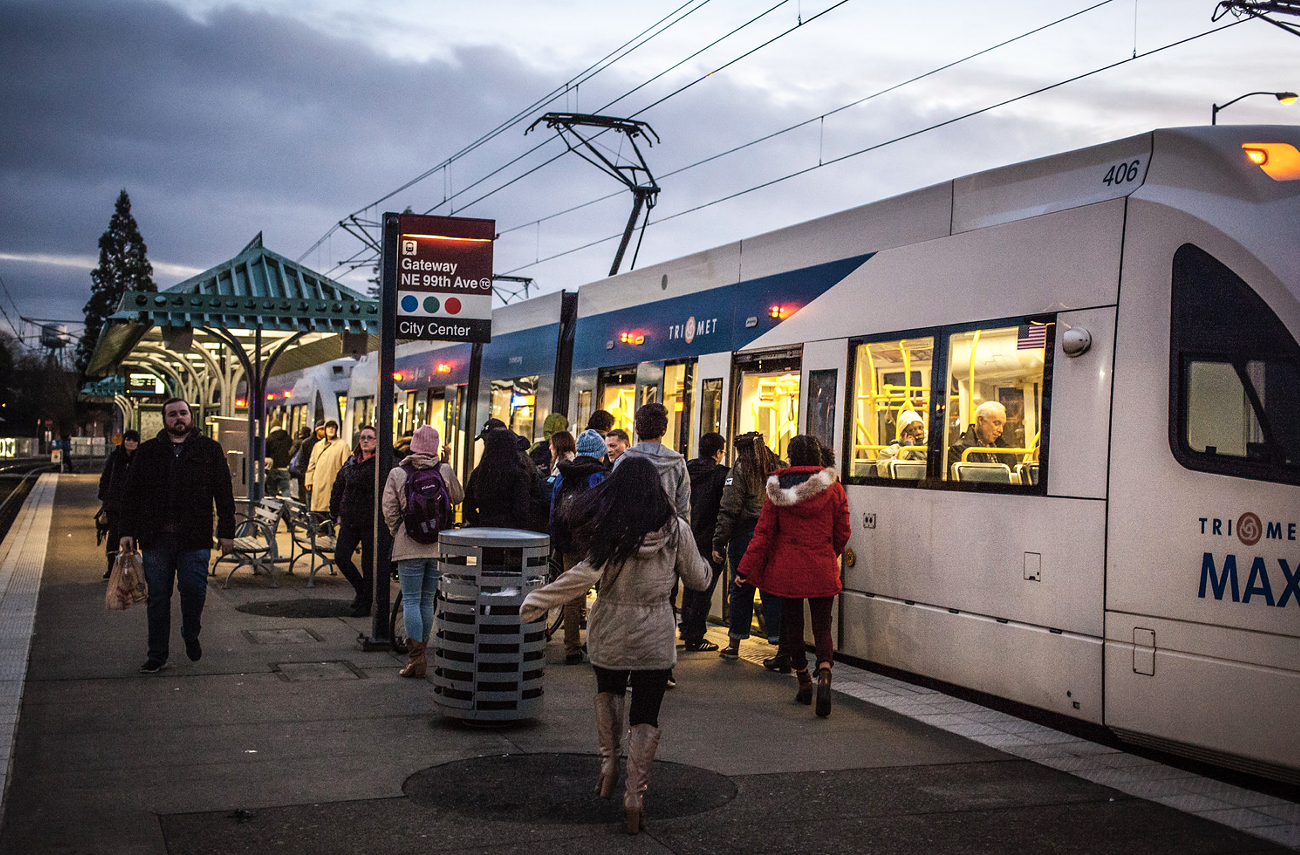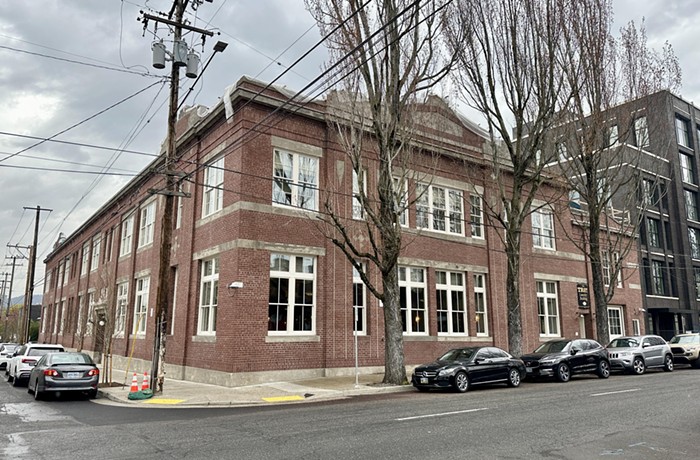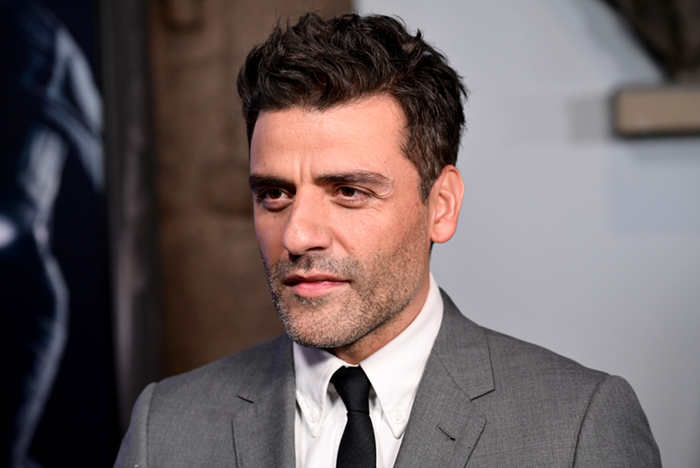Last Friday evening, Michael Brady boarded an eastbound MAX train downtown. Tragically, he wouldn’t make it off the train alive. After being stabbed on the train near the 82nd Avenue station, Brady succumbed to his injuries. The suspected killer, Shondel Larkin, told police he had been hearing voices and was apparently afraid that Brady was a threat to his life, though reports indicate the stabbing was unprovoked. Larkin said he was prescribed medication for a mental health condition, but hadn’t been taking it recently.
Brady left behind a wife and six-year-old son. In a statement, his wife Nora said she wants people to know “my husband was a great human being, a loving father of a 6-year-old boy, and a loving husband.”
This incident occurred at a time of heightened scrutiny and fears about safety on public transit—not just in Portland, but nationwide. Anecdotal reports from transit operators and riders, which are often amplified on social media or in the news, paint a picture of public transit systems run amok with drug use, mental health episodes, and violence, having become de facto homeless shelters in the aftermath of the pandemic.
Data compiled by local police departments and transit agencies often depict a more complicated situation. And considering the major post-2020 decline in transit ridership in cities across the country, it’s difficult to compare current crime statistics to those reported before the pandemic. Regardless, many people appear to carry the perception that riding public transit is more dangerous now than it was a few years ago, and transit agencies and local governments have been happy to corroborate this perspective.
After a September 2023 University of Washington study revealed trace amounts of meth and fentanyl residue on public transit vehicles in both Portland and Seattle, TriMet called for a “crackdown on public drug use.” This seemed, to some, to be an overreaction to the results of the study, which showed negligible amounts of drugs on the vehicles.
Fears about safety on the New York City subway have reached the point where New York Governor Kathy Hochul has announced plans to send the National Guard to patrol trains and stations. This announcement was also met with plenty of backlash from people who argue such an approach is an overreach that will only scare people more.
But what is the right response? This is something transportation advocates—who are deeply concerned about declining ridership, considering the importance of robust public transit in combating the climate crisis and building strong communities—have struggled with. The conversation seems to oscillate between sweeping valid issues under the rug and suggesting perceived threats be met with a merciless, punitive approach in order to make public transit more appealing to the masses. Both are extremist perspectives. We need to find a middle ground.
"The level of negligence I witnessed tonight was criminal and completely void of any kind of human decency...The level of trauma myself, the train operator, and all the passengers experienced is terrible."
The first argument is insulting to people like Brady and his family, as well as to people who have experienced traumatic events on public transit.
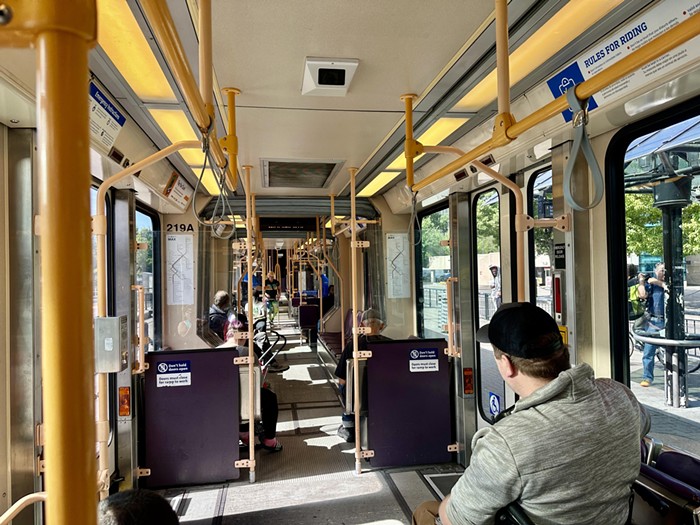
Tanaz Polson was on the MAX Red Line on Wednesday night when she saw a man slumped over in a seat, appearing to have overdosed on drugs. She said after she witnessed TriMet security ignore the man in crisis, she got involved by administering Narcan and performing CPR on him. Polson later found out, despite her efforts, the man had died.
“The level of negligence I witnessed tonight was criminal and completely void of any kind of human decency,” Polson wrote in an email to TriMet, which she shared with the Mercury. “The level of trauma myself, the train operator, and all the passengers experienced is terrible.”
Polson is a frequent TriMet rider, but she said this incident “ruined that.”
“I am rethinking how I navigate my commute so that transit is no longer part of it,” Polson said.
To Polson, it’s meaningless to have security guards on MAX trains and at stations if they will “blatantly ignore these situations.” She implored TriMet to require employees to carry Narcan and learn other life-saving skills so they can step in during a crisis.
“Pushing [people in crisis] out or ignoring it doesn’t make it go away,” Polson wrote in an email to the Mercury. “Neglecting it doesn’t either.”
There also appears to be a growing group of people who believe the only way to make public transit safe is to place armed cops on every train car and defer to involuntary commitment for people they feel pose threats. Would that strategy result in safer transit? Sure—if you belong to a demographic that hasn’t faced systematic police harassment and brutality, and are mentally stable (or capable of hiding any mental health problems) and sober (or capable of pretending to be).
Not only would this tactic be implicitly inequitable in its enforcement, it would almost certainly contribute to an even more pervasive culture of fear in our society in which any nonconformist behavior could be punishable. This mentality has already caused reactionary violence: Last May, Jordan Neely, a Black man riding the New York City subway, was put in a chokehold and killed by a white man who perceived him as a threat.
It’s also practically impossible: Our criminal justice and mental health systems simply don’t have the resources for such an undertaking.
Sacha is a frequent TriMet rider, public transit advocate, and urban planning student. She is also a Portland Streetcar rider ambassador, riding along with passengers to help answer questions and solve problems they might be experiencing. I asked Sacha, who asked that her last name be omitted from this story, what she thinks about the growing concerns about safety on public transportation.
“My perception is people really want reassurance and they want to see proactive steps being taken to bolster the safety of public transportation,” Sacha said.
Sacha said while she advocates for “wider-reaching mental health services and more community-oriented approaches to safety on transit,” others want to see more police or enforcement officers or other authoritative figures on public transit.
“There’s definitely no one-size-fits-all solution,” Sacha said. “No matter what you do, someone's going to be upset.”
Many people look at a public transit system they deem threatening and decide to resort to traveling alone in cars. Obviously, I disagree with that approach. In addition to the harm caused by fossil fuel emissions (air pollution and climate change), violence is far more commonplace in and around cars than on public transit. In the United States, there were 24 reported homicides on public transit in 2021 (24 too many, to be clear). During the same year, 42,939 people died in car crashes in the U.S.
The statistics show how nonsensical it is to suggest driving is safer than riding public transit. But human behavior isn’t always rational, especially when car culture is involved. American society has decided to accept certain kinds of violence, and quickly forgive (or ignore altogether) antisocial behavior when it comes from someone driving a car.
It’s also important to point out that not everyone’s transportation choices are based on ideological or safety concerns. For some people, driving is simply not an option, for reasons including age, disability, and the prohibitive costs of owning a car.
“The most vulnerable community members are probably the ones who don't have a choice whether or not they can take public transit or not,” Sacha said. “It’s very important to make sure that people who are marginalized or vulnerable feel comfortable out in public, and to tackle safety issues in a way that feels productive and respectful of their needs.”
“It doesn’t really work to gloss over it or treat it like a factored-in cost to being out in public. It’s not something that anyone should be expecting to have to witness or, God forbid, endure."
Sacha said that in the aftermath of a tragic event like Brady’s death, TriMet and public transportation advocates should recognize that “addressing individuals’ concerns over the safety of public transportation is very important.”
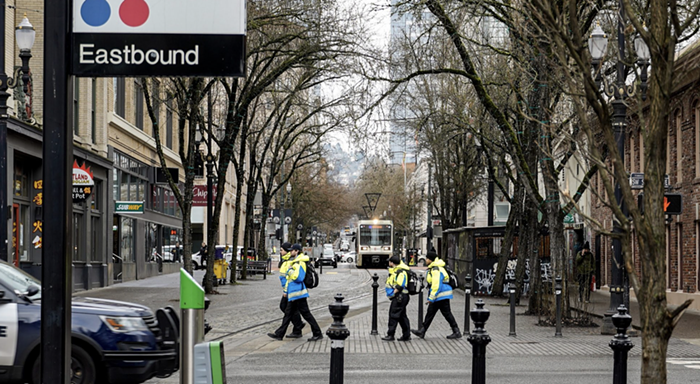
“It doesn’t really work to gloss over it or treat it like a factored-in cost to being out in public. It’s not something that anyone should be expecting to have to witness or, God forbid, endure,” she said. Sacha also echoed Polson’s thoughts that TriMet staff should be easily accessible to riders and be able to intervene in dangerous situations, perhaps by expanding programs like the Safety Response Team.
“I’d like to see TriMet move toward having more in-house customer safety staff, who are themselves community members and transit riders and who are able to build relationships with the community, because people will feel safe when they see someone familiar on board,” she said. “At the end of the day, a strong community is the best deterrent for problems on board, so it goes a long way to encourage people to be compassionate and empathetic and look out for each other, treating fellow riders with respect.”
